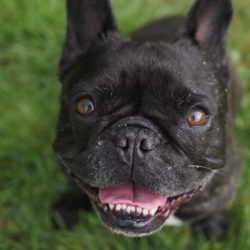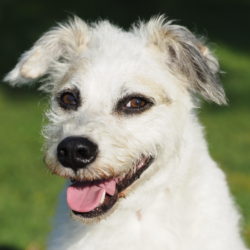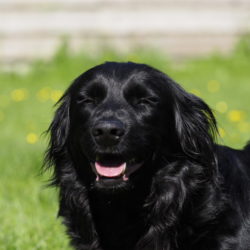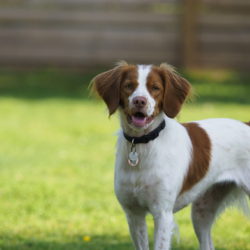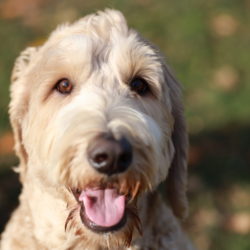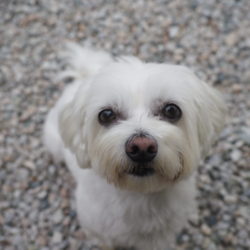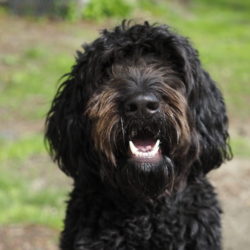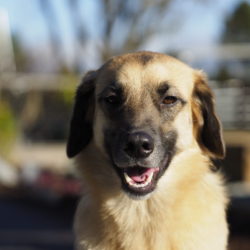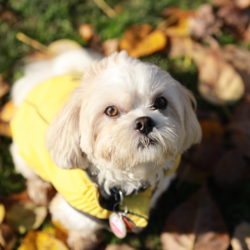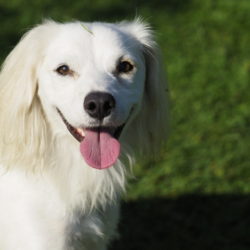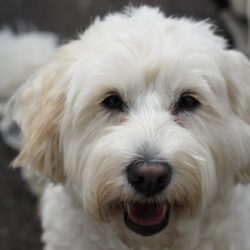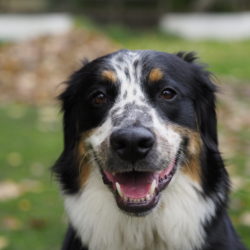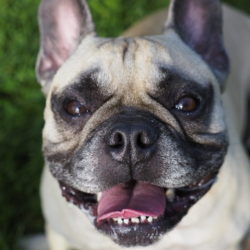Loose Leash Walking
The most common reason why dogs pull on walks is because they have never been taught not to pull. The more excited/distracted a dog is the more likely they are going to pull in the direction of the stimulus and that pulling will create a tension either on their necks from the collar or around the body from the harness, thus a habit is formed for the dog. They may associate walks with excitement, and excitement with tension on neck and pulling.
This is where the “Loose Leash Exercises” come in. As the name suggests, keeping the leash loose during these exercises is the very key component on teaching dogs to enjoy their on-leash walks without pulling. The 3 Loose Leash Exercises are:
- Loose leash walking:
- Walking in different directions and changing often. If the dog does not follow or pulls then do a quick tug & release of the leash. Once there is slack on the leash and the dog is following you, praise the dog. Always remember to praise the dog when it makes eye contact with you as well. Doing so will help the dog to watch and follow you. Timing is everything!
- Walking in different directions and changing often. If the dog does not follow or pulls then do a quick tug & release of the leash. Once there is slack on the leash and the dog is following you, praise the dog. Always remember to praise the dog when it makes eye contact with you as well. Doing so will help the dog to watch and follow you. Timing is everything!
- Informal Recall:
- Build a positive association for the dog with coming when called.
- Step backwards, encouraging your dog to come to you. When the dog arrives, praise the dog. Repeat this exercise often during loose leash walking.
- Sit and Release:
- You can encourage your dog to sit with treats.
- The dog must remain seated until you release him/her.
- If your dog breaks the sit before you release, get the dog back into a sit then quickly release, setting the dog up for
success. Then gradually increase the sitting time for the dog.
Training is like learning a new language; you need to be consistent and practice. 15 – 20 minutes a day is adequate, but more is better!














